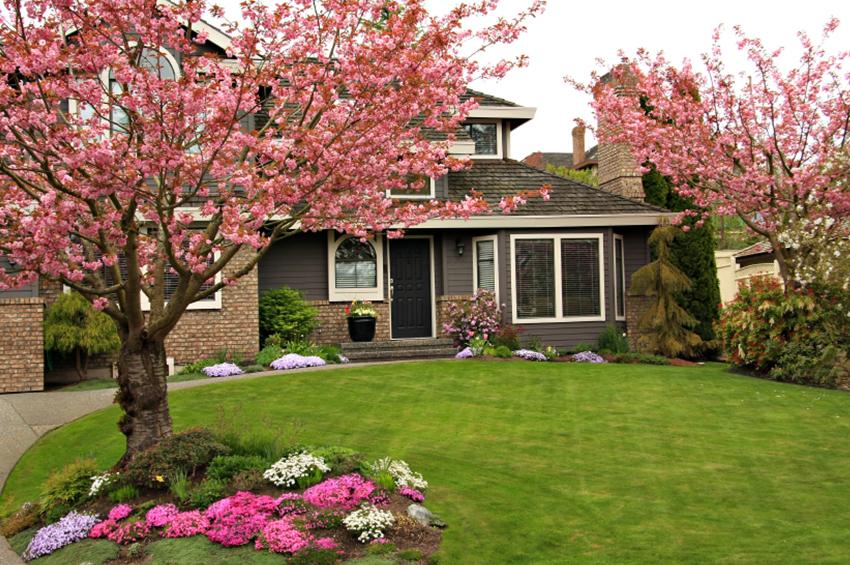
Introduction:
Residential Tree Care is essential for maintaining the health, beauty, and safety of the trees surrounding our homes. In this article, we delve into the importance of dedicated care for residential trees, exploring the benefits and practices that contribute to a thriving green environment.
The Significance of Residential Tree Care:
Residential Tree Care goes beyond aesthetics; it is a commitment to the well-being of the trees that enhance our outdoor spaces. Trees not only beautify our surroundings but also provide shade, oxygen, and habitat for wildlife. Proper care ensures they continue to thrive, contributing to a healthier and more sustainable living environment.
Seasonal Pruning for Health and Structure:
Pruning is a fundamental aspect of Residential Tree Care, promoting both the health and structural integrity of the trees. Seasonal pruning removes dead or diseased branches, encourages proper growth, and enhances the tree’s natural form. It is a preventive measure that prevents potential hazards and ensures the longevity of the trees.
Watering Practices for Optimal Hydration:
Ensuring trees receive adequate water is crucial for their health. Residential Tree Care involves understanding the specific water requirements of different tree species and adjusting watering practices accordingly. Deep watering, especially during dry periods, promotes root development and helps trees withstand environmental stressors.
Mulching for Soil Health and Moisture Retention:
Mulching is a beneficial practice in Residential Tree Care, providing a protective layer around the base of trees. Mulch helps retain soil moisture, regulates temperature, suppresses weeds, and contributes organic matter to the soil as it decomposes. These combined benefits enhance soil health and create optimal conditions for tree growth.
Nutrient-Rich Soil Amendments:
Residential Tree Care includes periodic soil assessments to determine nutrient levels. Based on these assessments, soil amendments may be necessary to provide essential nutrients that support tree growth. This can include the addition of organic matter, fertilizers, or other specific nutrients lacking in the soil.
Pest and Disease Management:
Vigilant pest and disease management are integral to Residential Tree Care. Regular inspections help identify signs of infestations or diseases early on. Implementing appropriate treatments, whether through natural remedies or targeted interventions, safeguards trees from potential threats, preserving their vitality.
Tree Preservation During Construction:
In residential areas undergoing construction or renovation, tree preservation is a critical consideration. Residential Tree Care involves creating protective barriers, implementing root zone protection, and coordinating with construction teams to minimize stress on trees. These measures ensure that existing trees can coexist harmoniously with new developments.
Educating Homeowners on Tree Care Practices:
Part of Residential Tree Care involves educating homeowners about proper tree care practices. This includes providing guidance on watering schedules, the importance of mulching, recognizing signs of tree stress, and encouraging a proactive approach to tree health. Informed homeowners play a crucial role in the overall well-being of residential trees.
Tree Risk Assessments for Safety:
Safety is paramount in Residential Tree Care. Conducting regular tree risk assessments helps identify potential hazards, such as weakened branches or unstable trees. Addressing these risks through targeted pruning or, if necessary, tree removal, ensures the safety of residents and property.
Community Engagement and Tree Planting Initiatives:
Residential Tree Care extends beyond individual properties to community-wide initiatives. Engaging in tree planting programs, participating in community clean-up events, and collaborating on urban forestry projects foster a sense of shared responsibility for the environment. These initiatives contribute to a greener and more resilient community.
Conclusion:
Residential Tree Care is a holistic approach to nurturing the trees that grace our homes and communities. Through dedicated practices such as pruning, watering, soil care, and community engagement, homeowners can play an active role in preserving and enhancing the vitality of their residential trees.
